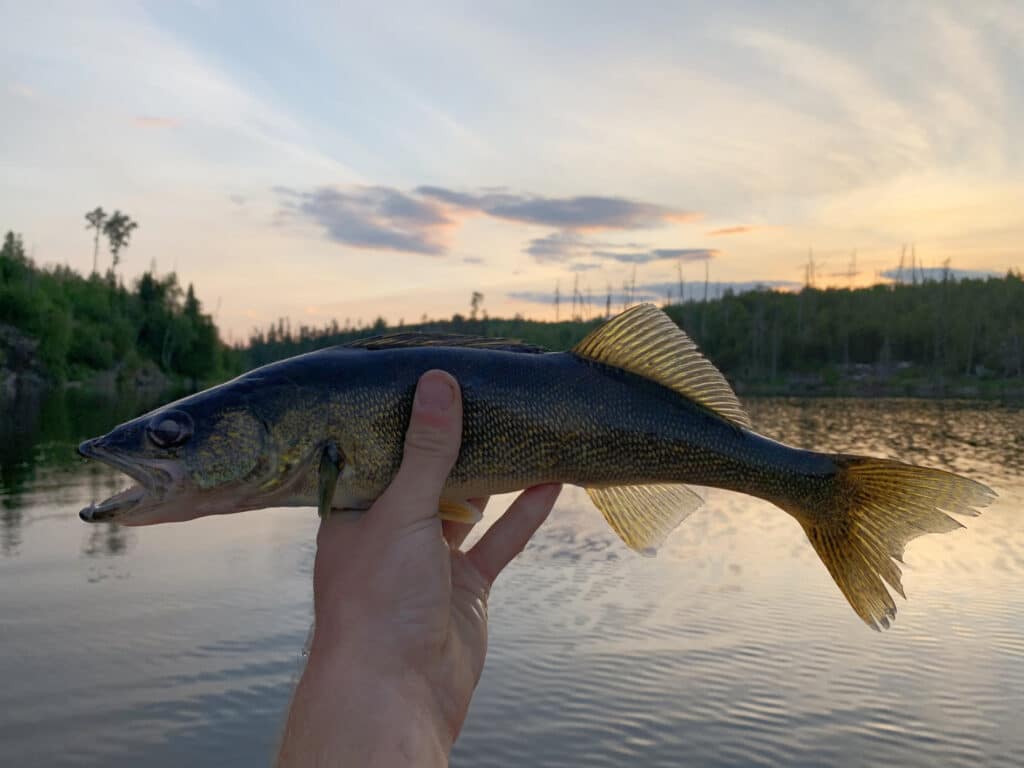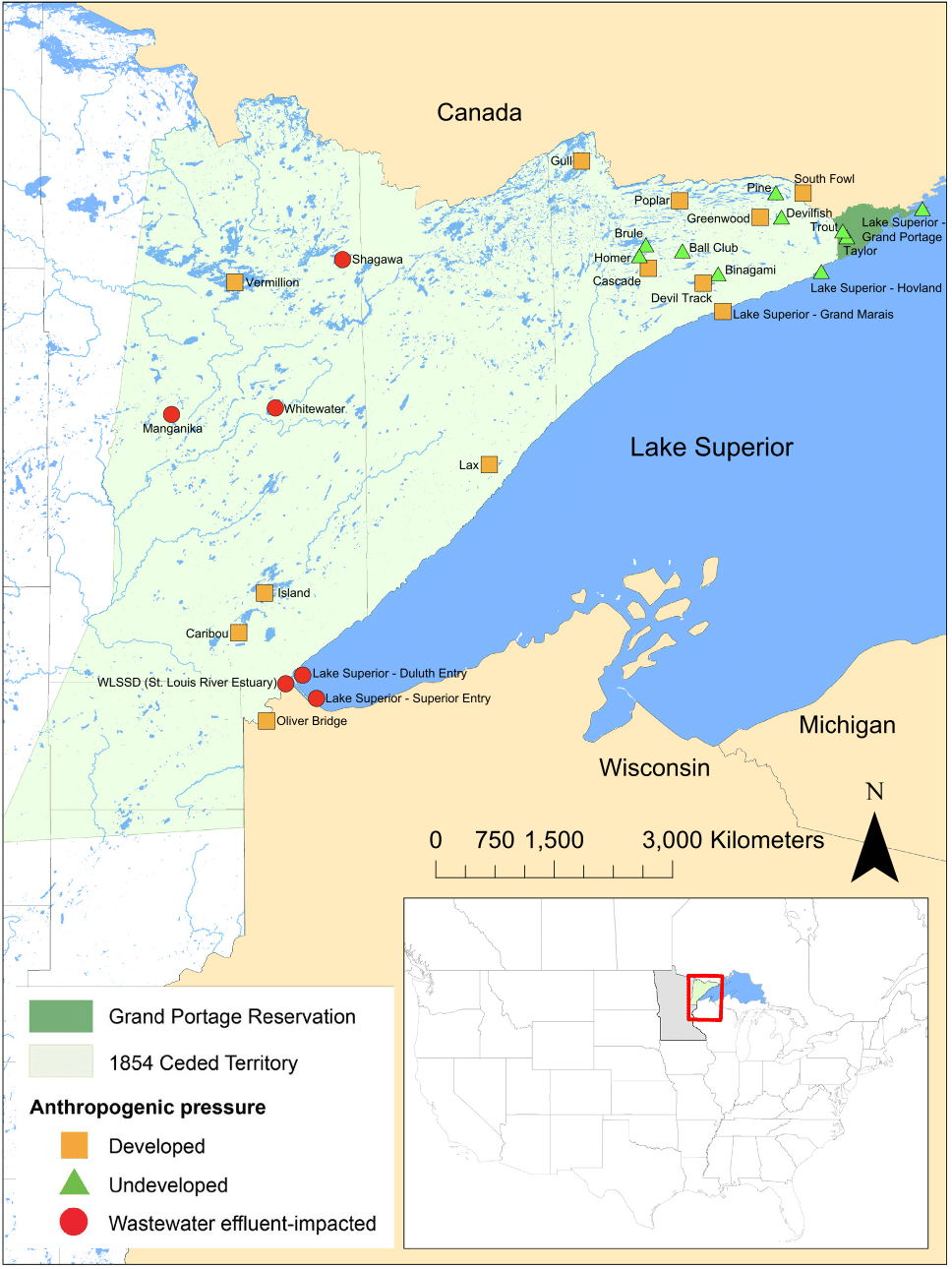
Game fish all over northern Minnesota are contaminated with some of two dozen chemicals of emerging concern, a new report from the Grand Portage Band of Lake Superior Chippewa and the University of Minnesota says. Fish at 18 out of 19 sample sites tested positive for pharmaceuticals, hormones and personal care products. The most abundant contaminant was DEET, the popular insect repellent.
The researchers tested lakes in a variety of settings, from wilderness lakes unaffected by development to lakes with direct wastewater discharge into them. The chemicals showed up in every category.
Subsistence food source
The study is also seen as a first step toward better understanding the effect of these chemicals on the fish, and monitoring for increases or decreases in contamination. The project leaders say it’s essential for protecting the environment, and defending Native American treaty rights.
“Indigenous people have rights to harvest non-toxic foods and waters for subsistence,“ said Seth Moore, Director of Natural Resources, Grand Portage Band of Lake Superior Chippewa. “As the natural environment becomes more degraded through pollution and other human impacts, projects like this can provide factual information to community members and policy-makers on the risks to human and biological health from contaminants.”
To that end, the team focused it sampling on lakes and fish that are important for subsistence consumption by Ojibwe people. Fish species including walleye, yellow perch, and cisco were all tested. One walleye collected from an undeveloped lake showed a 2450 ng/g concentration of DEET.
Health impacts
Another part of the study was to begin examining the effects of the chemicals on fish health. There are concerns that some of the contaminants could result in reduced population, whether through killing fish directly, harming reproduction, or some other impact. The results of this testing were somewhat inconclusive, but the scientists saw signs that the chemicals are having negative effects.
“Understanding the impacts of chronic, low concentrations of chemical mixtures, such as those we are detecting in our Minnesota ecosystems, is greatly needed,” said Tiffany Wolf, a professor in the College of Veterinary Medicine. “This research lays the groundwork for future, long-term monitoring studies that can help us better understand how these and other emerging environmental contaminants are impacting fish and other populations on which we depend.”
More information:
Deere, J.R., Jankowski, M.D., Primus, A., Phelps, N.B.D., Ferrey, M., Borucinska, J., Chenaux-Ibrahim, Y., Isaac, E.J., Singer, R.S., Travis, D.A., Moore, S. and Wolf, T.M. (2023), Health of wild fish exposed to contaminants of emerging concern in freshwater ecosystems utilized by a Minnesota Tribal community. Integr Environ Assess Manag. https://doi.org/10.1002/ieam.4822


